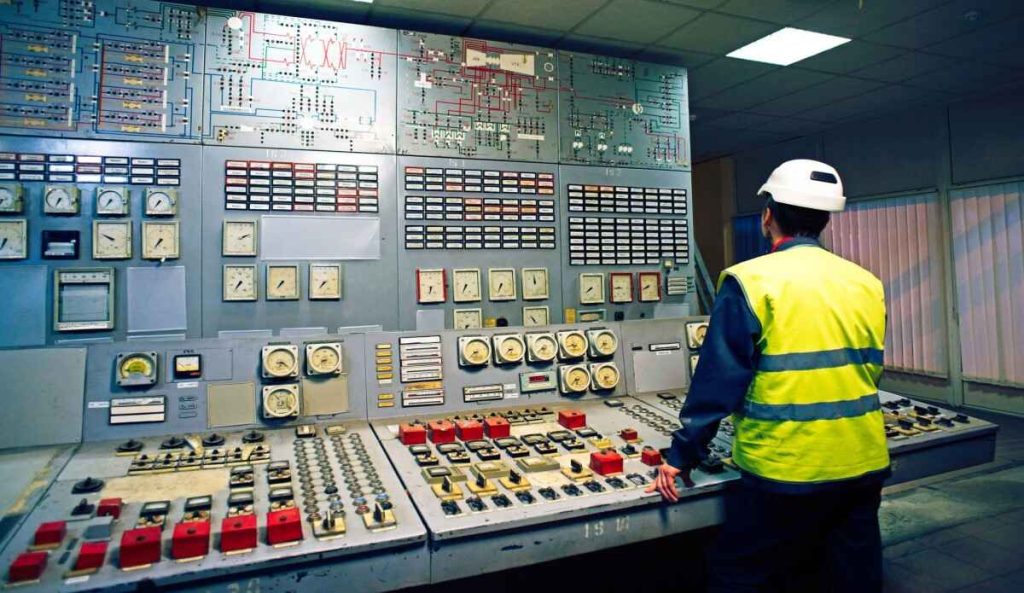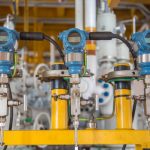Control engineering is concerned with the analysis and design of goal-oriented systems. Therefore the mechanization of goal-oriented policies has grown into a hierarchy of goal-oriented control systems. Modern control theory is concerned with systems that have self-organizing, adaptive, robust, learning, and optimum qualities. This interest has aroused even greater excitement among control engineers.
The control of an industrial process (manufacturing, production, and so on) by automatic rather than manual means is often called automation. Automation is prevalent in the chemical, electric power, paper, automobile, and steel industries, among others. The concept of automation is central to our industrial society. Automatic machines are used to increase the production of a plant per worker in order to offset rising wages and inflationary costs. Thus industries are concerned with the productivity per worker of their plants. Productivity is defined as the ratio of physical output to physical input. In this case, we are referring to labor productivity, which is real output per hour of work.
Furthermore, industry seeks to provide products that are increasingly precise, reliable, accurate, and robust. For example, precise, reliable control of automobile performance has improved markedly over the past decades.
The transformation of the U.S. labor force in the country’s brief history follows the progressive mechanization of work that attended the evolution of the agrarian republic into an industrial world power. In 1820, more than 70 percent of the labor force worked on the farm. By 1900, fewer than 40 percent were engaged in agriculture. Today, fewer than 5 percent work in agriculture.
In 1925, some 588,000 people—about 1.3 percent of the nation’s labor force— were needed to mine 520 million tons of bituminous coal and lignite, almost all of it from underground. By 1980, production was up to 774 million tons, but the work force had been reduced to 208,000. Furthermore, only 136,000 of that number were employed in underground mining operations. The highly mechanized and highly productive surface mines, with just 72,000 workers, produced 482 million tons, or 62 percent of the total.
The easing of human labor by technology, a process that began in prehistory, is entering a new stage. The acceleration in the pace of technological innovation inaugurated by the Industrial Revolution has until recently resulted mainly in the displacement of human muscle power from the tasks of production. The current revolution in computer technology is causing an equally momentous social change: the expansion of information gathering and information processing as computers extend the reach of the human brain .
Control systems are used to achieve (1) increased productivity and (2) improved performance of a device or system. Automation is used to improve productivity and obtain high-quality products. Automation is the automatic operation or control of a process, device, or system. We utilize automatic control of machines and processes to produce a product within specified tolerances and to achieve high precision.
The term automation first became popular in the automobile industry. Transfer lines were coupled with automatic machine tools to create long machinery lines that could produce engine parts, such as the cylinder block, virtually without operator intervention. In automotive body-parts manufacturing, automatic-feed mechanisms were coupled with high-speed stamping presses to increase productivity in sheetmetal forming. In many other areas where designs were relatively stable, such as radiator production, entire automated lines replaced manual operations.
With the demand for flexible, custom production emerging in the 2000s, a need for flexible automation and robotics is growing.
There are about 150,000 control engineers in the United States and a similar number in Japan and also in Europe. In the United States alone, the control industry does a business of over $50 billion per year! The theory, practice, and application of automatic control is a large, exciting, and extremely useful engineering discipline. One can readily understand the motivation for a study of modern control systems.


